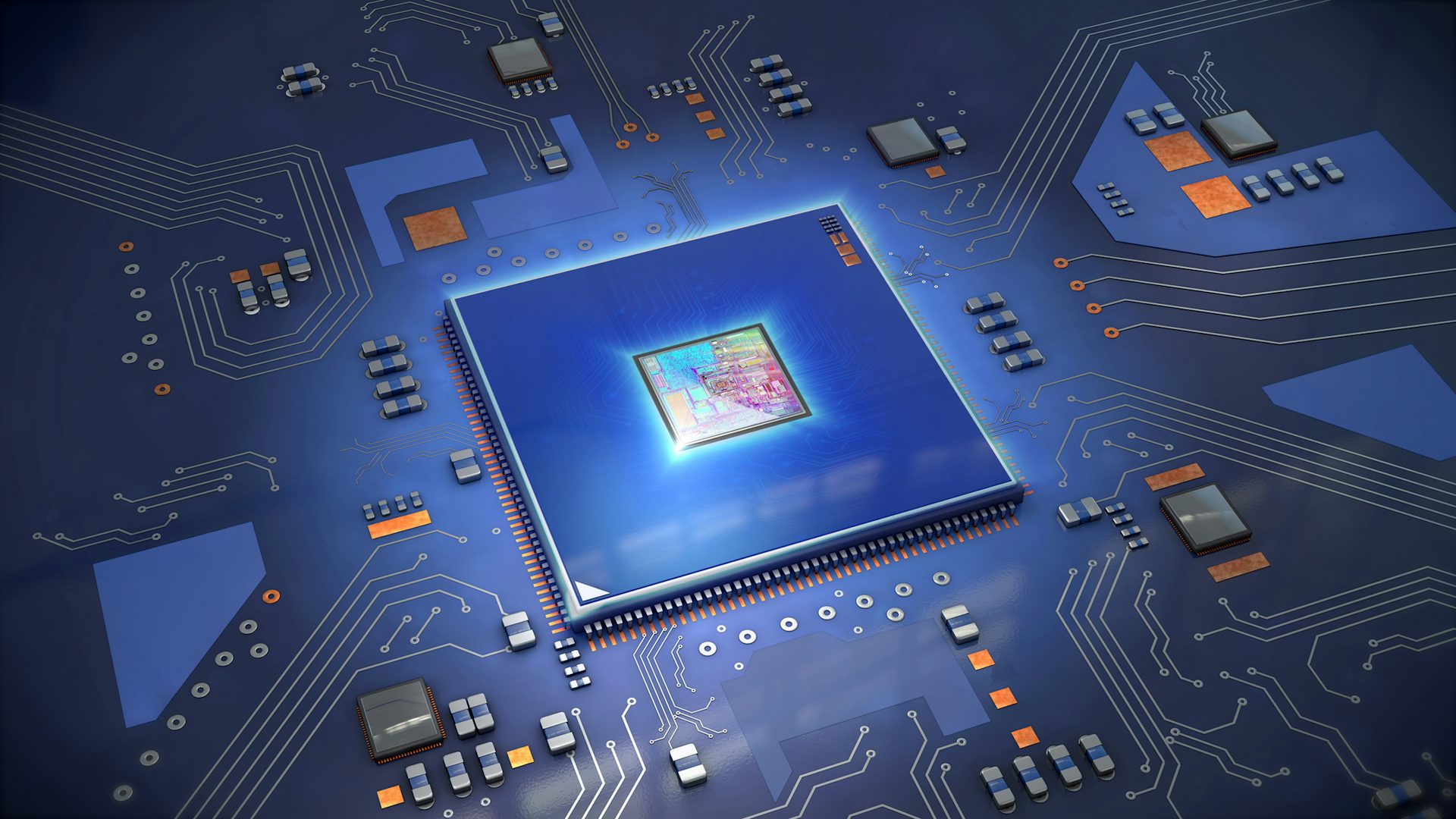What is High Bandwidth Memory (HBM) integration?
High Bandwidth Memory (HBM) integration in IC package design refers to the incorporation of HBM technology within the packaging of the IC. This involves designing the package to accommodate HBM memory modules, which are stacked vertically on the IC die.
Why High Bandwidth Memory integration is important
Smaller form factor
High bandwidth memory (HBM) integration results in substantially smaller form factors than DDR.
Performance
HBM offers improved performance compared to traditional memory technologies like DDR (Double Data Rate) and SDRAM.
Energy efficiency
High Bandwidth Memory's exceptional energy efficiency makes it the go-to choice for a wide range of applications.
High Bandwidth Memory (HBM) integration
Learn more about efficient high bandwidth memory (HBM) integration capabilities provided with Xpedition Package Designer for IC packaging design. Specifically you will see a demo of our patented "sketch" router technology.
High Bandwidth Memory (HBM) using xPD
In this short 1-minute video you will see a demonstration of Xpedition Package Designers patented “sketch” router being used on a high bandwidth memory (HBM) memory interface. This is just one way that our software supports High Bandwidth Memory integration.
